I’ll be honest – when my friends and I arranged a trip to Budapest, I knew very little about this city on the Danube. And I was a little scared because it was my first time traveling to a country where I can’t even say hello and thank you in the local language. With that came absolutely zero expectations. But I have to say, after only two hours in this city that is a bit like Paris and Prague, we were absolutely thrilled. Budapest was a blast for us, an absolutely incredible city. How had we not discovered it before?
This guide will walk you through the main sights of Budapest: the streets of the Old Town, climbing the hill with the Fisherman’s Bastion and Buda Castle, and walking past the Parliament building and the Jewish Quarter on the Pest side. And as a bonus, I’ve got tips on amazing places to go for a delicious breakfast or dinner.
Budapest and where to stay
The Danube divides the city into two different parts: the hilly “old world” Buda and the flat “new age” Pest. The classic city center is located on the Pest side and includes districts V, VI, and VII. These are the best areas to stay in Budapest to see the sights and immerse yourself in the amazing restaurants and nightlife of Pest. We stayed in District VII (Erzsébetváros/Elisabeth’s Town) and I think we chose the location very well.
How to get around Budapest
Budapest may seem like a big and overwhelming city at first glance, but in reality, it is far from it, it is a very walkable city. If walking isn’t your thing, Budapest is well served by efficient public transport with countless tram and bus lines and 4 different metro lines. Budapest’s oldest metro line, Line 1 or Metro 1, is incidentally the first metro on the European mainland, the second oldest metro in the world after the London Underground. A single non-transfer ticket for the metro, bus, or tram costs HUF 350, a transfer ticket HUF 530. Multi-day tickets can also be purchased from vending machines. However, if you choose your accommodation location wisely, you may not need to use public transport at all!x
Paying in Budapest – do I need to change the forints?
Hungary maintains its own currency, the forint (HUF). At first, I thought that I could do without cash, but I didn’t let myself go and before the trip, I exchanged 50 euros for Hungarian forints at the exchange office. I was completely overwhelmed by the bundle of 16,000 forint notes I got my hands on. I felt like a rich man 🙂 And I have to say that even though we paid by card in most places, we still found it more convenient to take out the forints and pay directly with them. Since almost everywhere the prices are also converted to euros, it makes it easier to transfer those crazy amounts at first (and second and third) glance.
Just to give you an idea of prices, an iced americano coffee was 690 forints, cappuccino 900 ft, eggs Benedict 3200 ft.
What to see in Budapest in 2 days
DAY 1 – PEST
Jewish Quarter
The Jewish Quarter is made up of narrow streets, passageways, hidden courtyards, and beautiful murals on the sides of buildings or designer shops. You will also find all kinds of trendy bars and excellent restaurants.
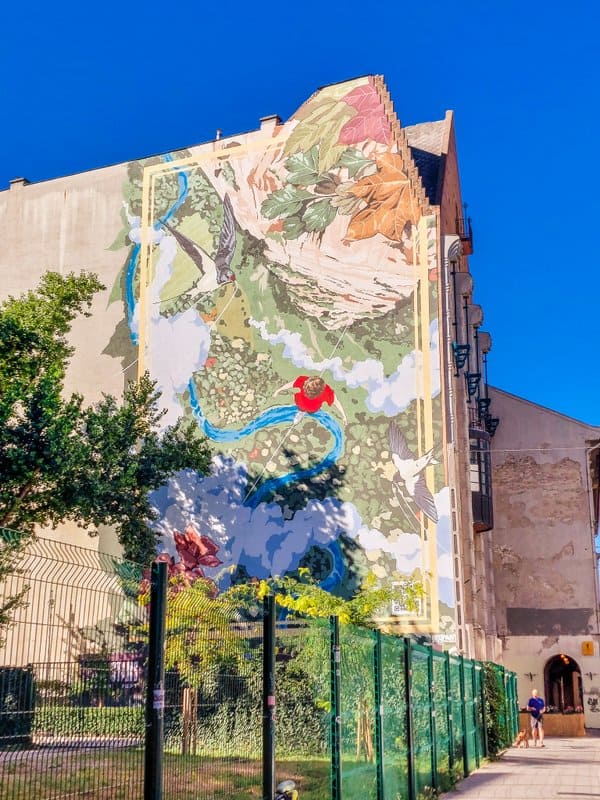
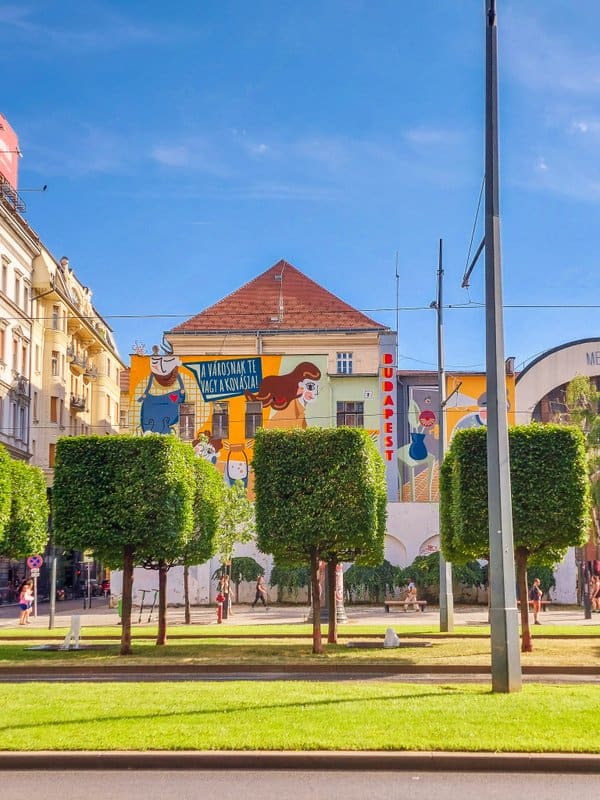
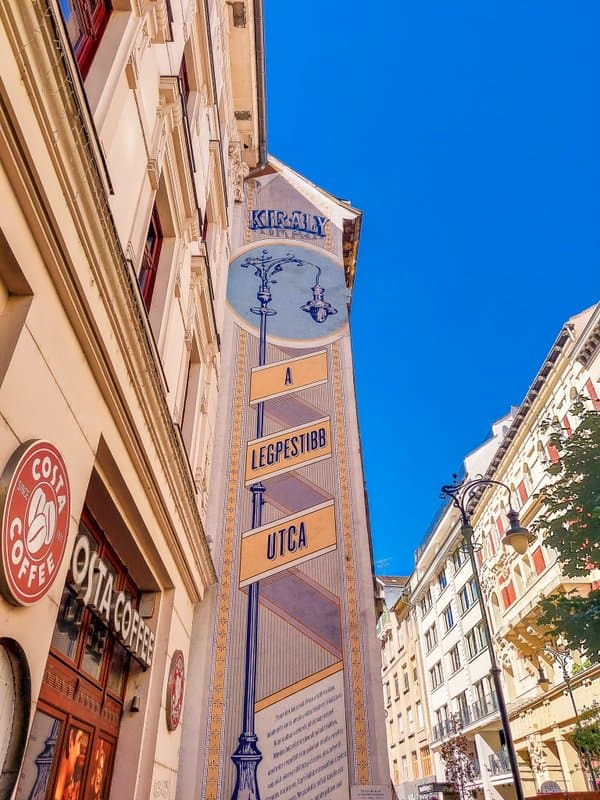
You will also find the Great Dohány Street Synagogue – it is the largest synagogue in Europe and the second largest in the world (the largest is in New York). During World War II, this synagogue was part of the Jewish ghetto. On the synagogue grounds, there is also a Holocaust memorial, the Tree of Life – a steel sculpture in the shape of a mourning willow on whose leaves families had the names of their ancestors who have no graves engraved.
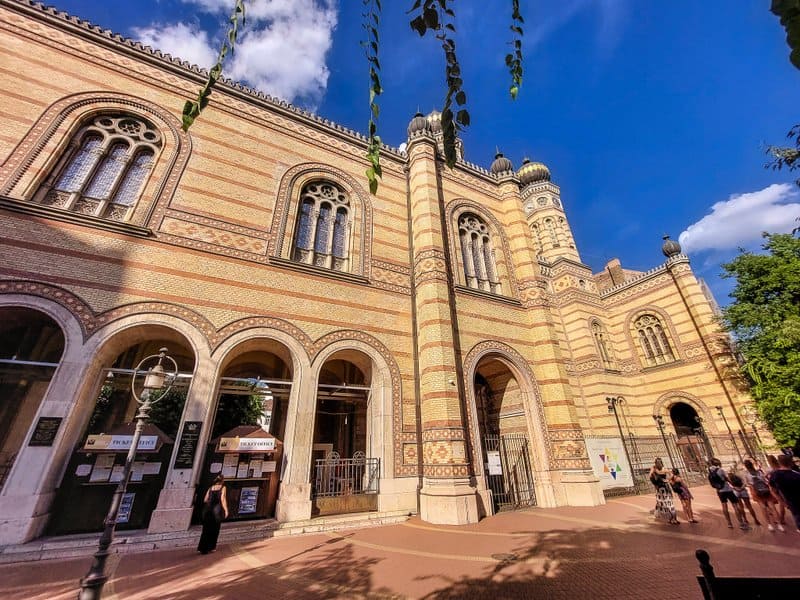
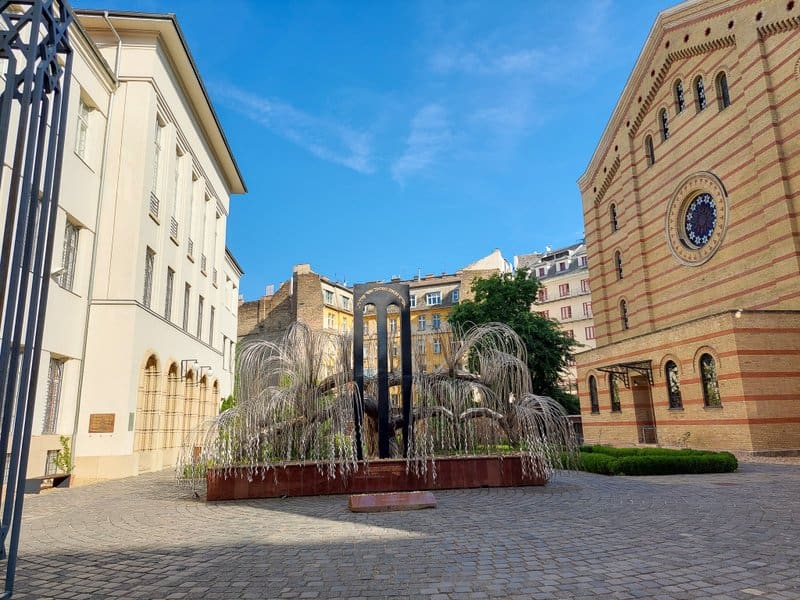
St. Stephen’s Basilica
The church is the highest church in Budapest. Entrance to the church is free, and you can pay HUF 500 to climb the 364 steps of the tower with panoramic views of Budapest (tickets are bought at a shop on the street next to the basilica). The basilica is one of the most outstanding monuments because it houses the remains of the mummified hand of King St. Stephen, who is considered the founder of the Hungarian state.
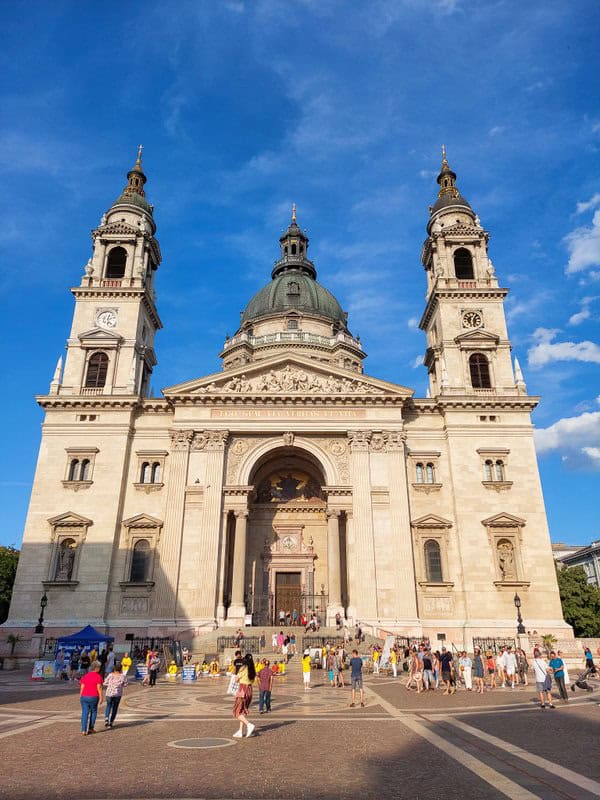
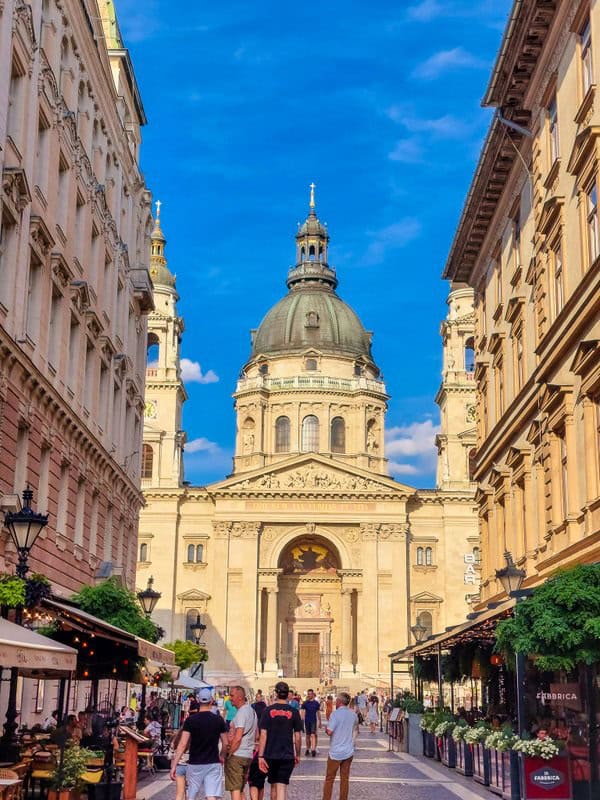
The Parliament Building
The Houses of Parliament is one of the most amazing government buildings in the world, the third largest parliament building in the world, and the largest building ever built in the country. It is currently the seat of the National Assembly, houses the offices of the Hungarian president and government, and houses the crown jewels of King Stephen.
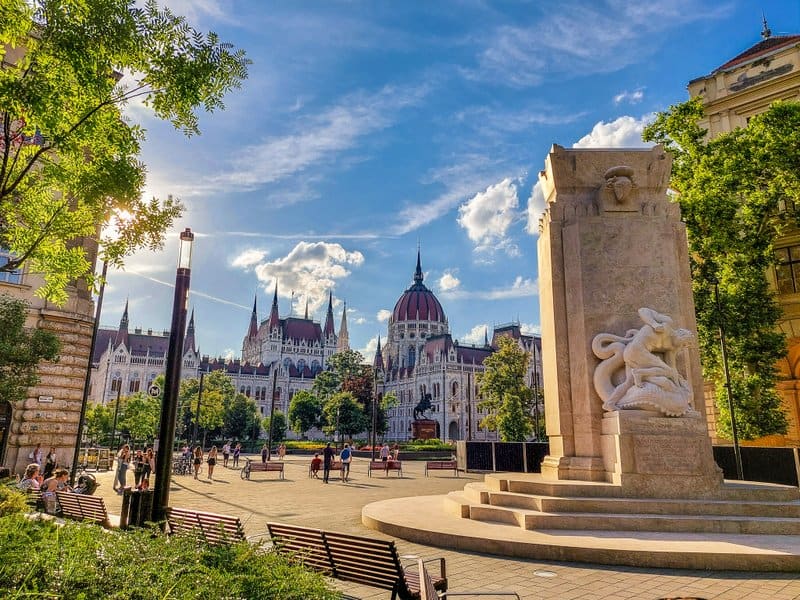
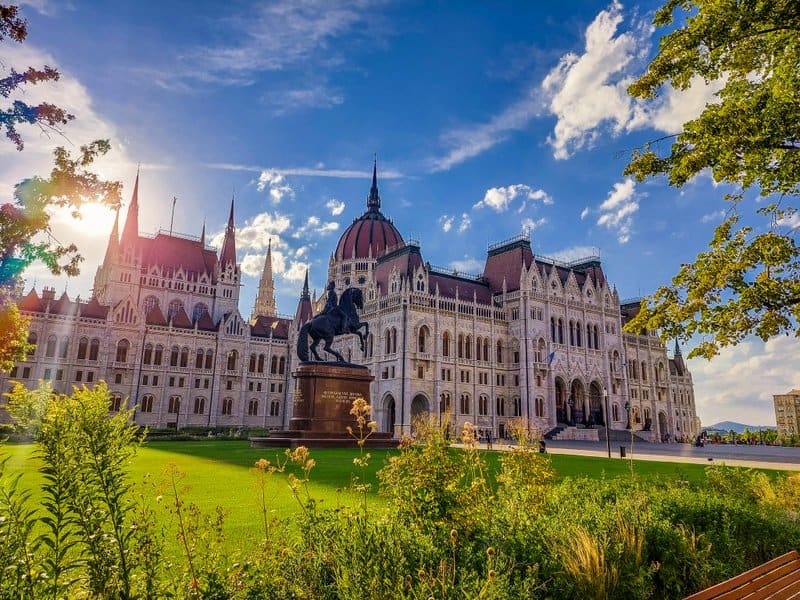
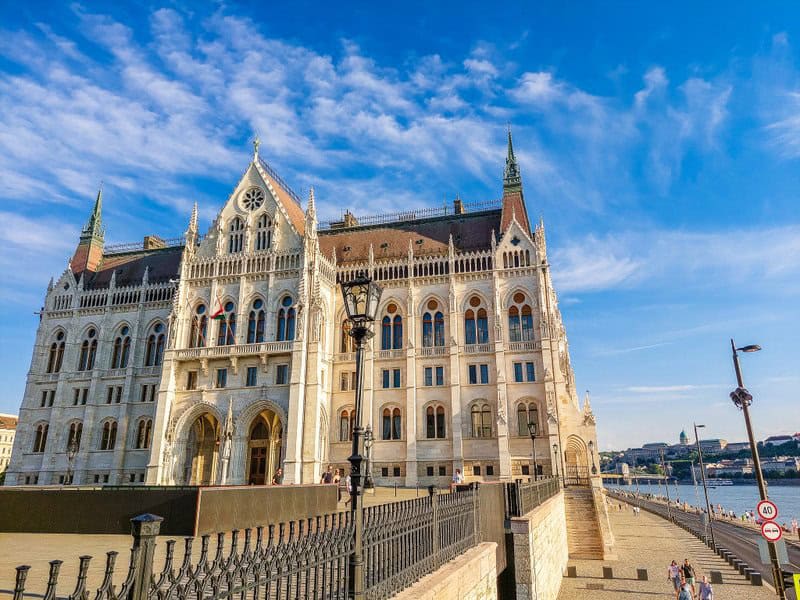
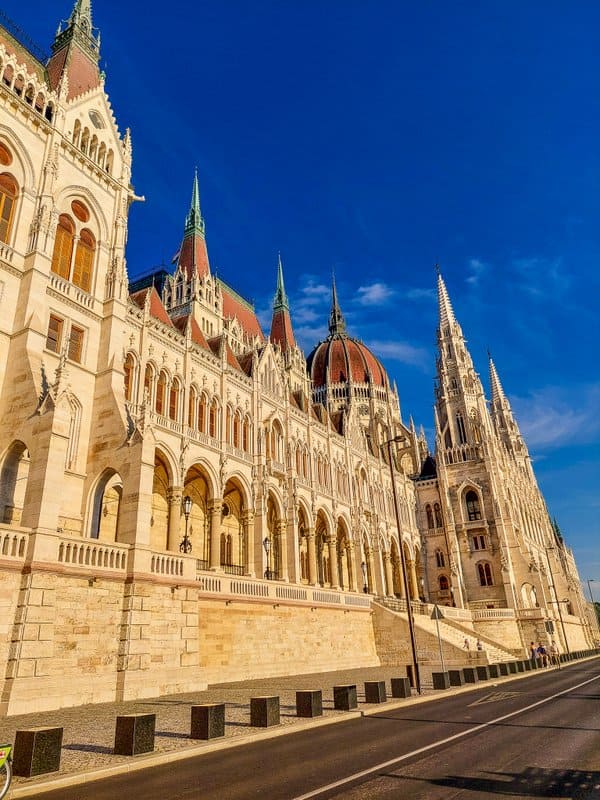
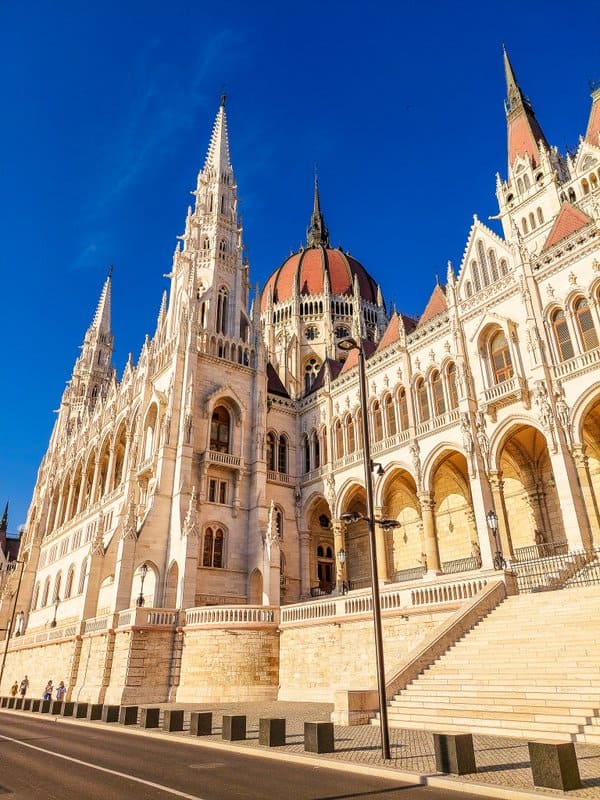
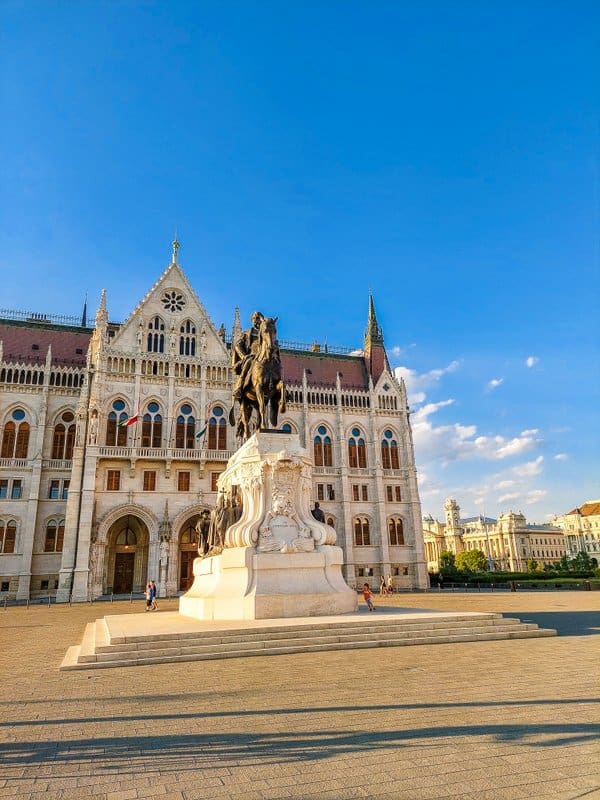
Shoes on the Danube River
The war memorial is located about halfway between the Parliament and the Chain Bridge. The 60 pairs of bronze shoes are at the place where about 3,500 Jews from the Budapest ghetto had to take off their shoes before they were shot by the Hungarian Nazis and their bodies fell into the river.
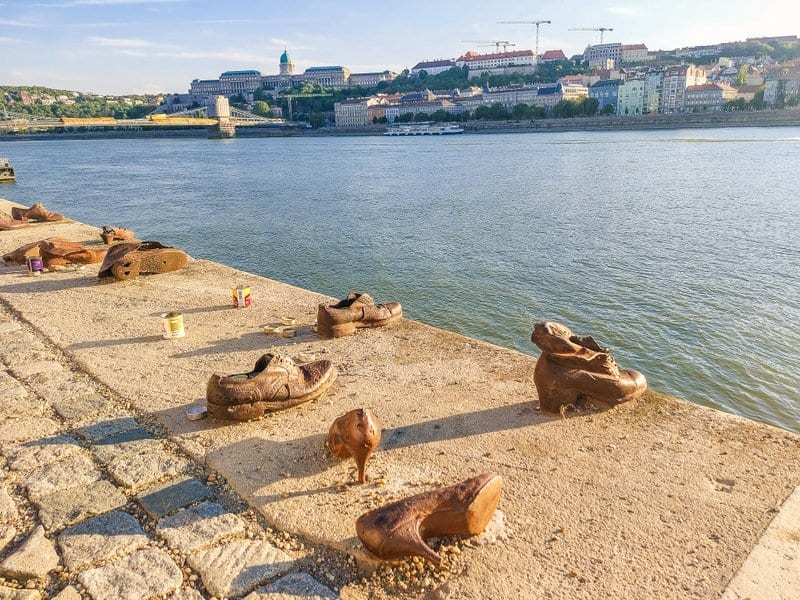
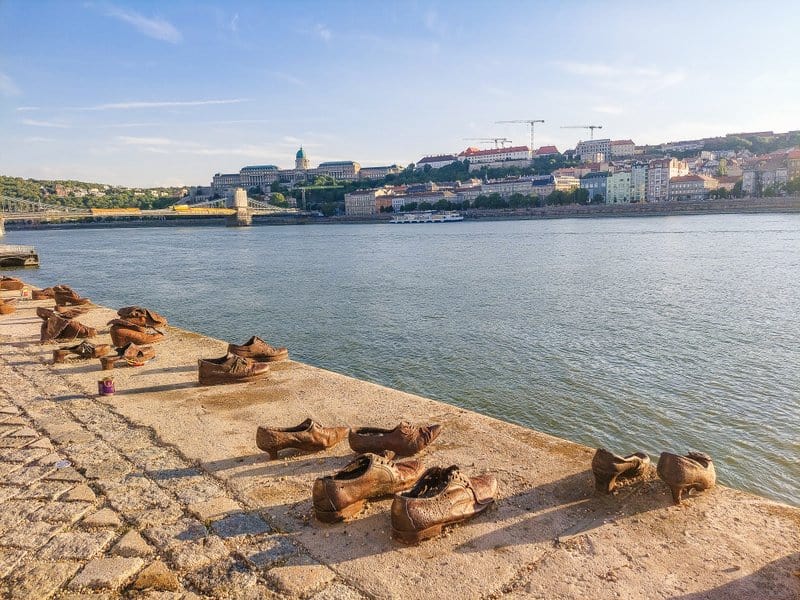
Opera
As far as acoustics are concerned, the opera hall of the Hungarian State Opera, which opened in 1884, is said to be one of the best in the world. The neo-Renaissance building is located on Andrássy Avenue.
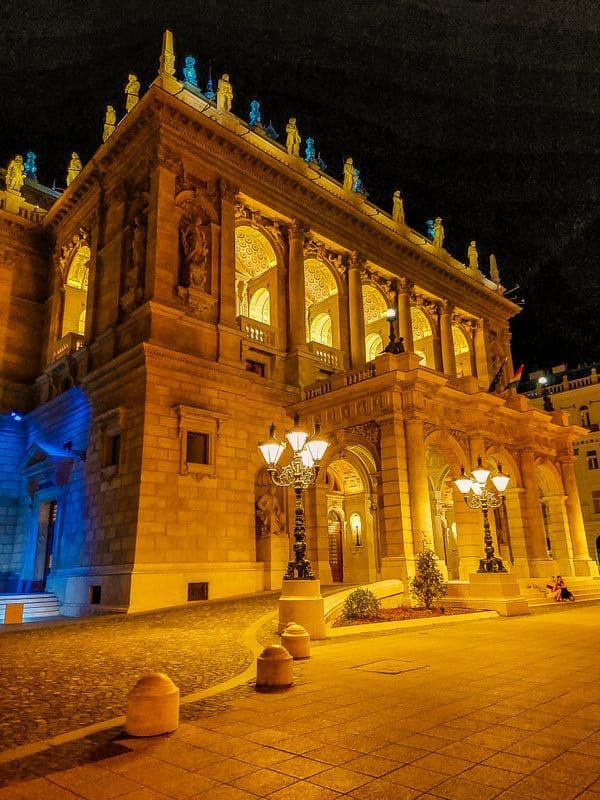
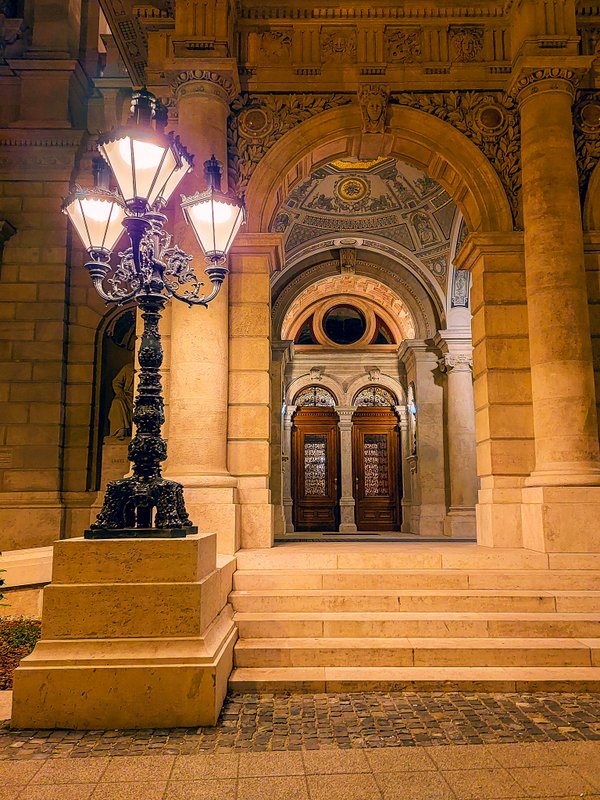
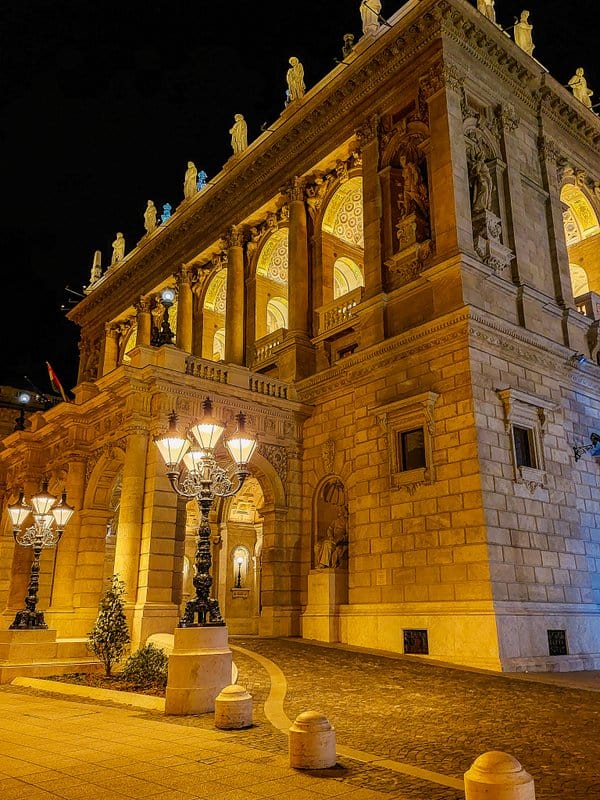
Cruise on the Danube River
From the monument, continue along the Danube bank and you will find many stands selling tickets for river cruises. I recommend booking a night cruise, which starts at 10 pm and lasts 1.5 hours, to enjoy the view of the illuminated city and its sights.
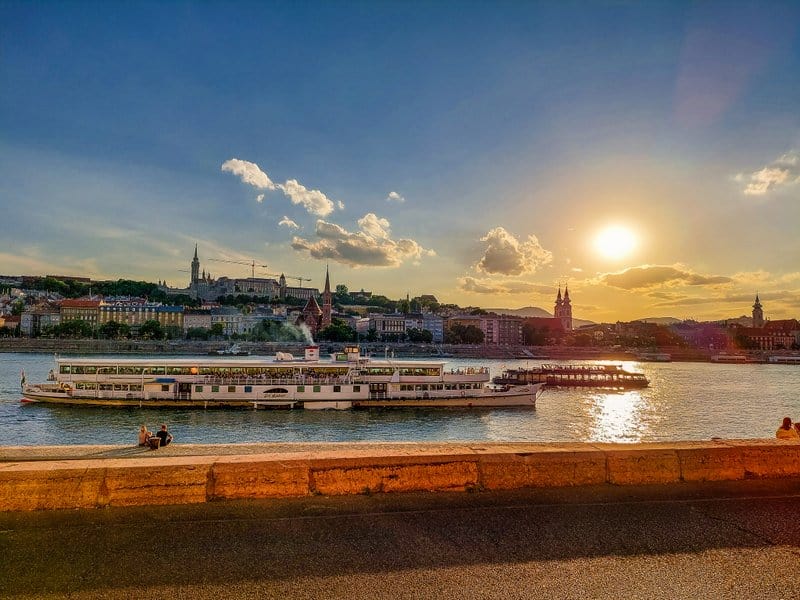
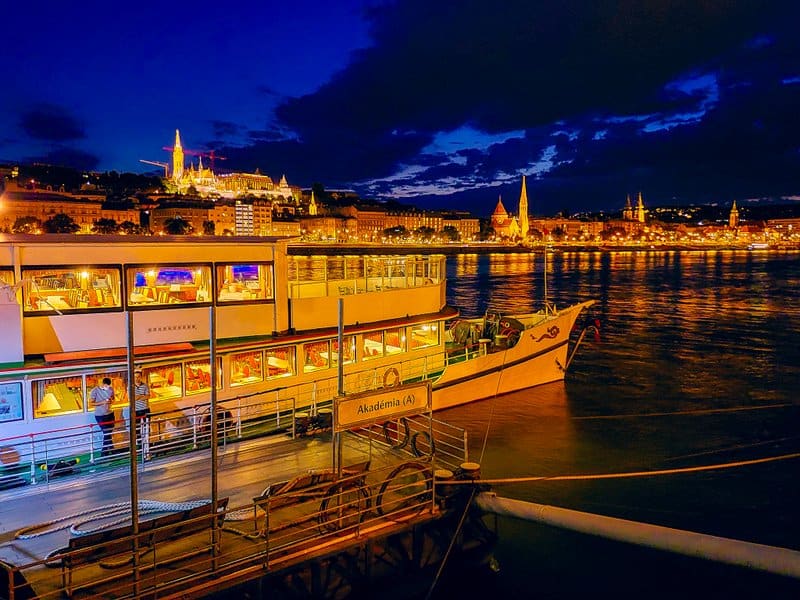
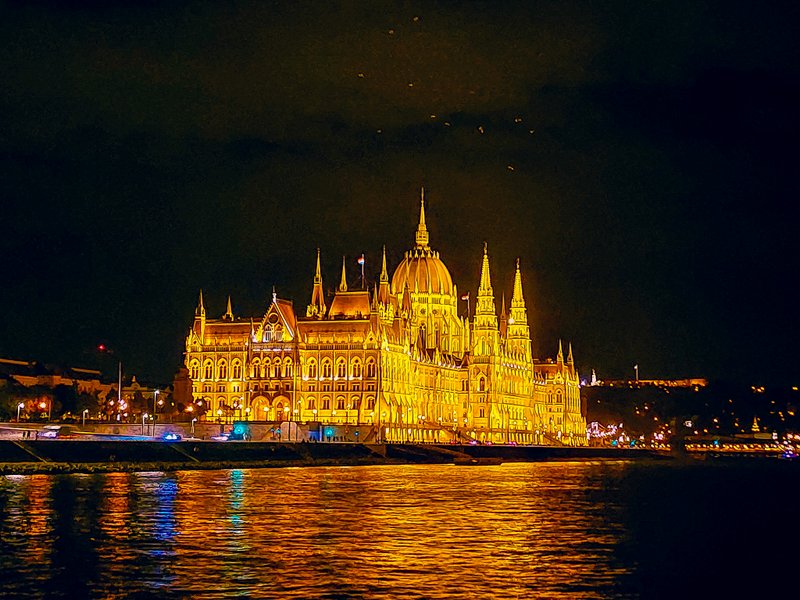
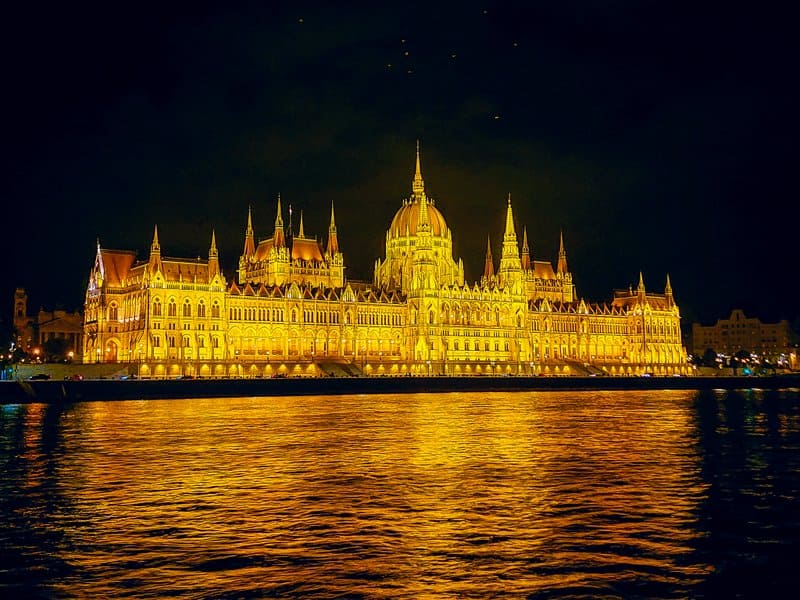
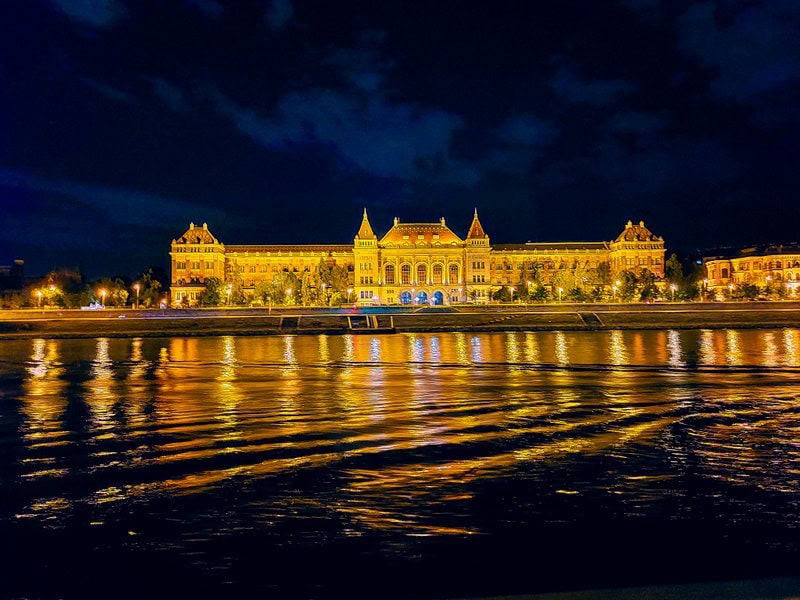
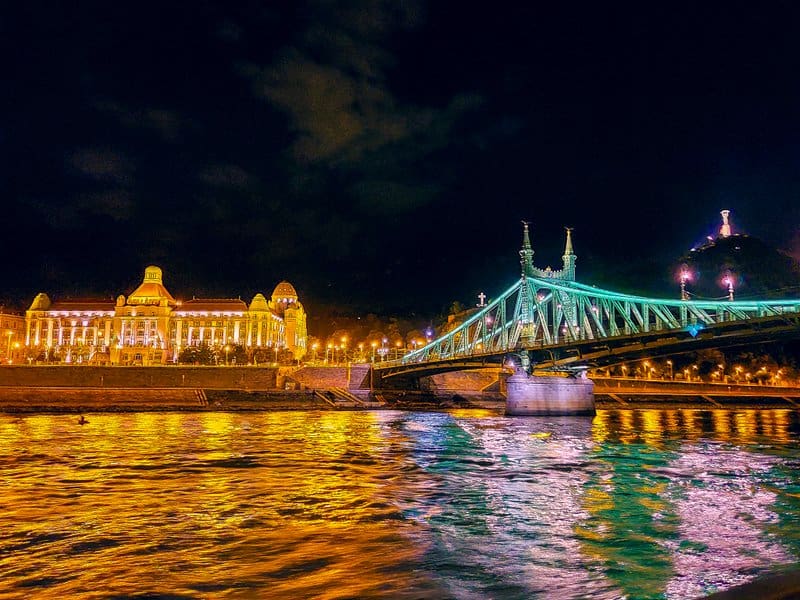
DAY 2 – BUDA
Fisherman’s Bastion
The Fisherman’s Bastion (named after the fish market that was located nearby in the Middle Ages) was built in 1895-1902 as another ornament of Buda Castle. No visit to Budapest today is complete without a stop between the seven towers, which offer spectacular views of the Danube and the Parliament building.
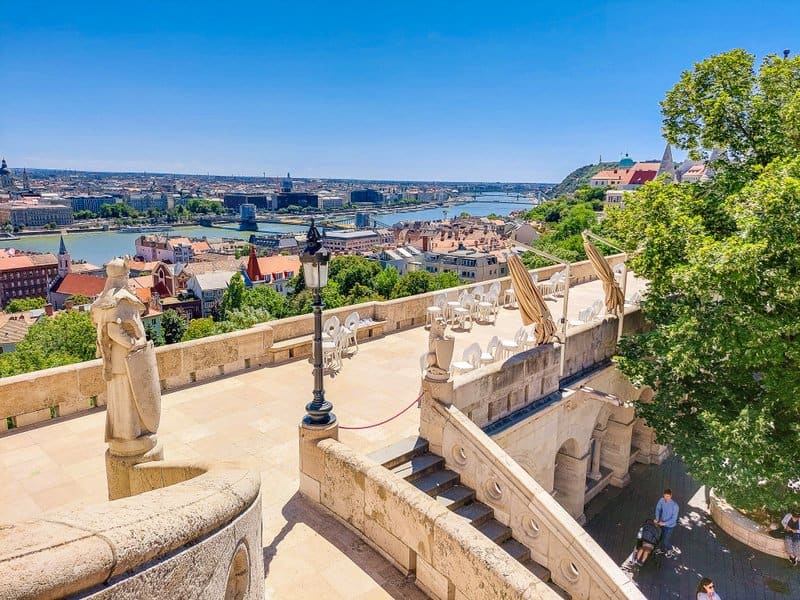
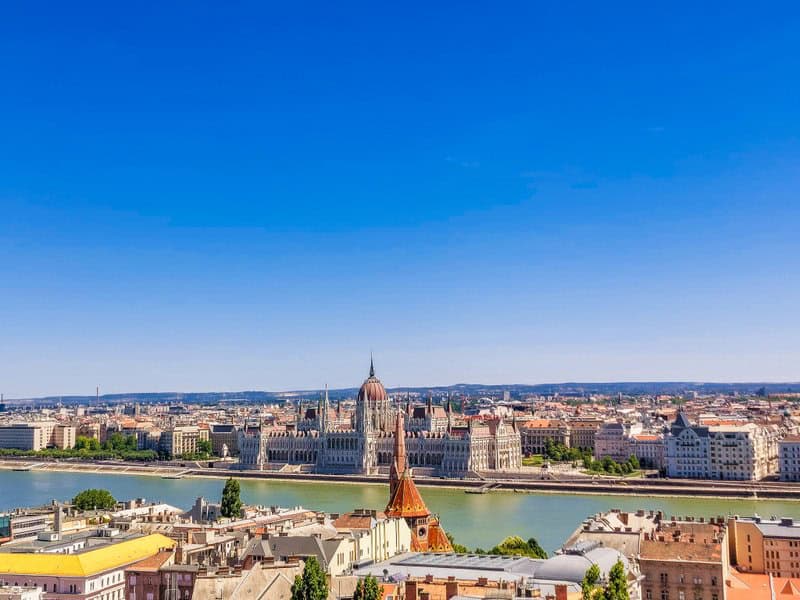
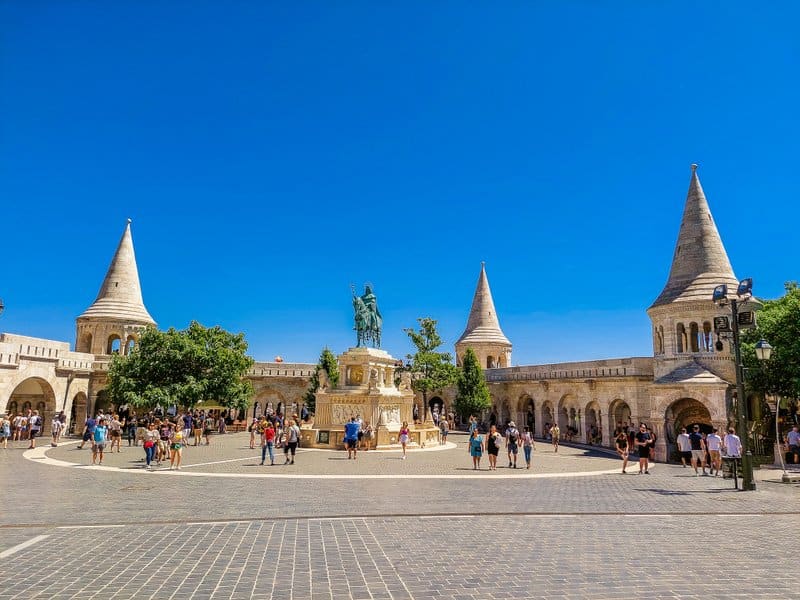
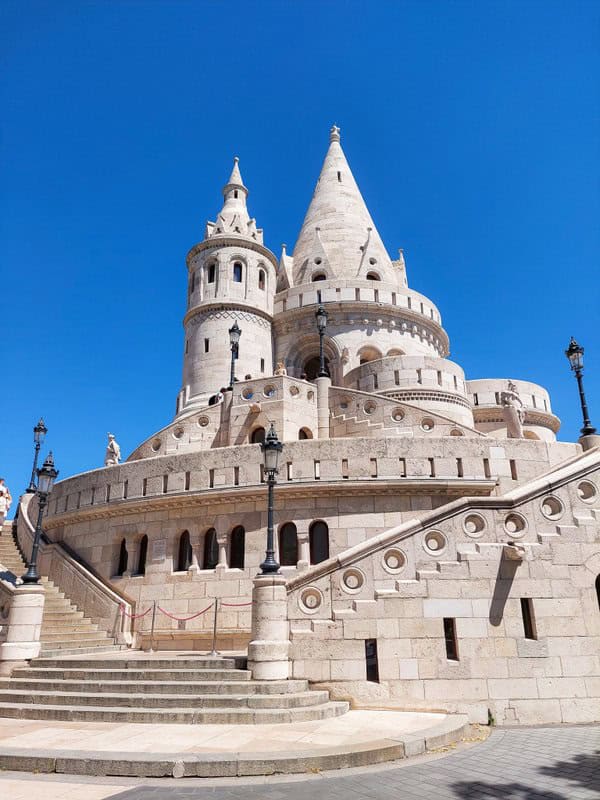
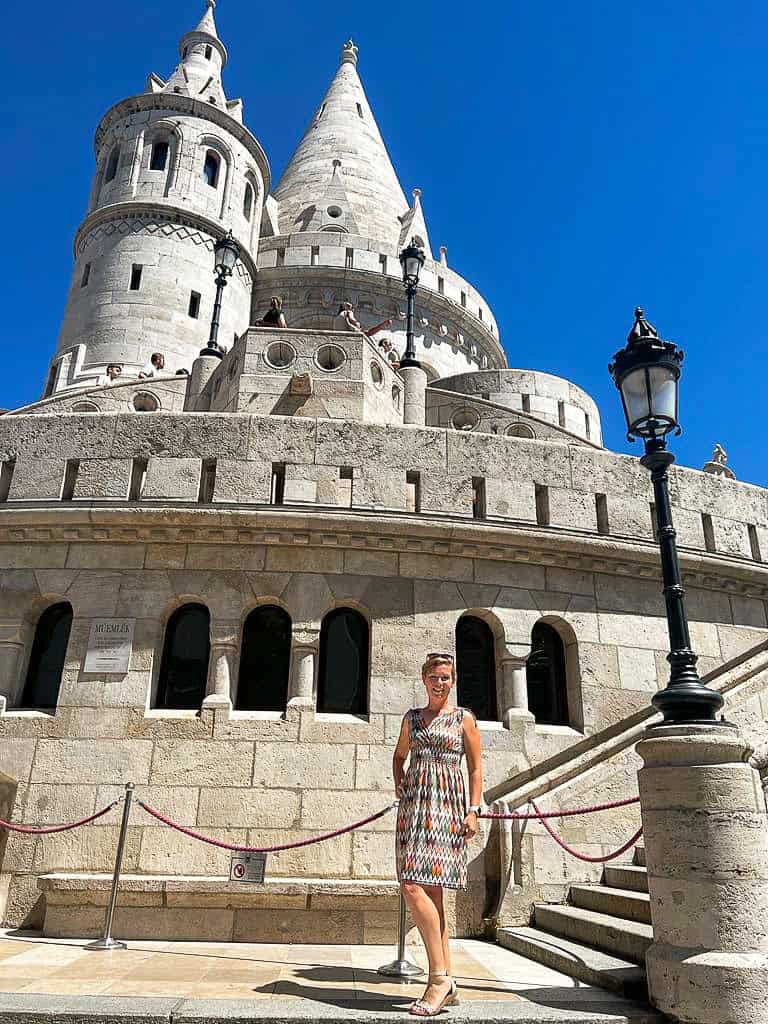
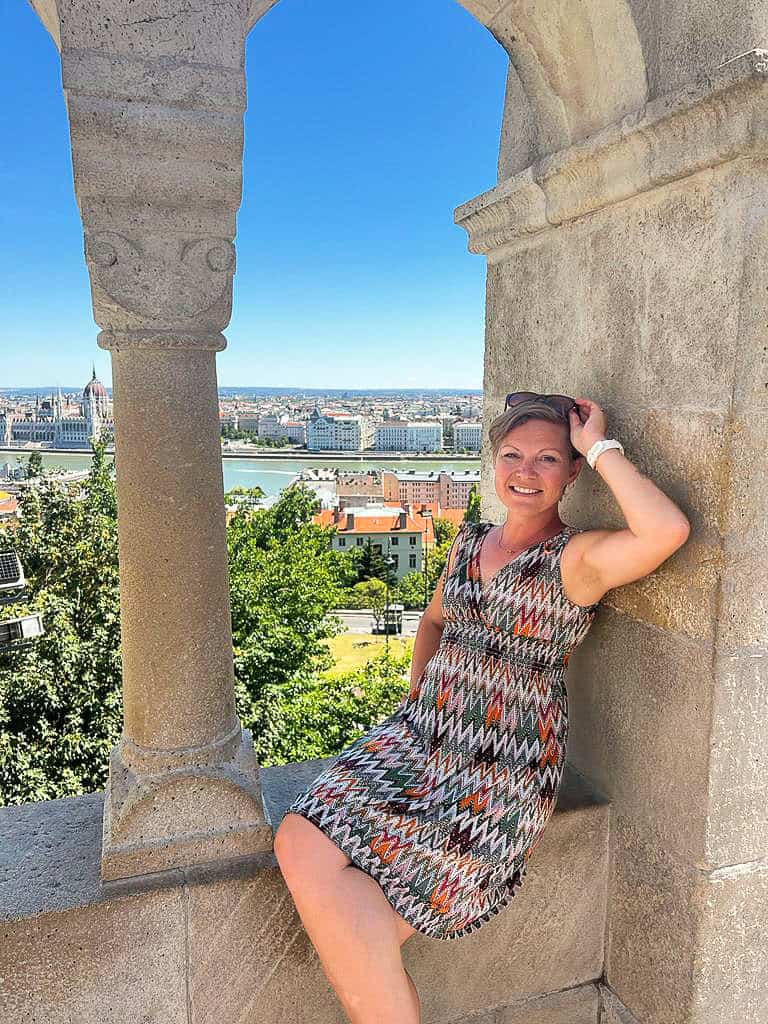
The Matthias Church
The colorful roof tiles, the decoration, and the architecture make the Church of the Assumption, which no one calls anything other than Matthias Church (Mátyás-templom), a unique church in Europe. The first appearance of the church dates back to 1051 when St Stephen I built a Romanesque church here. When the Turks ruled Buda for 145 years from 1541, it was even converted into a mosque.
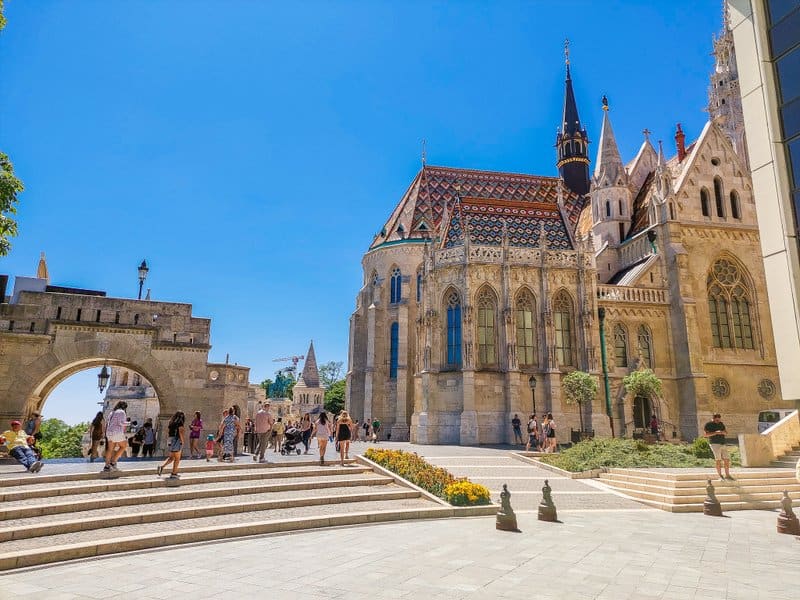
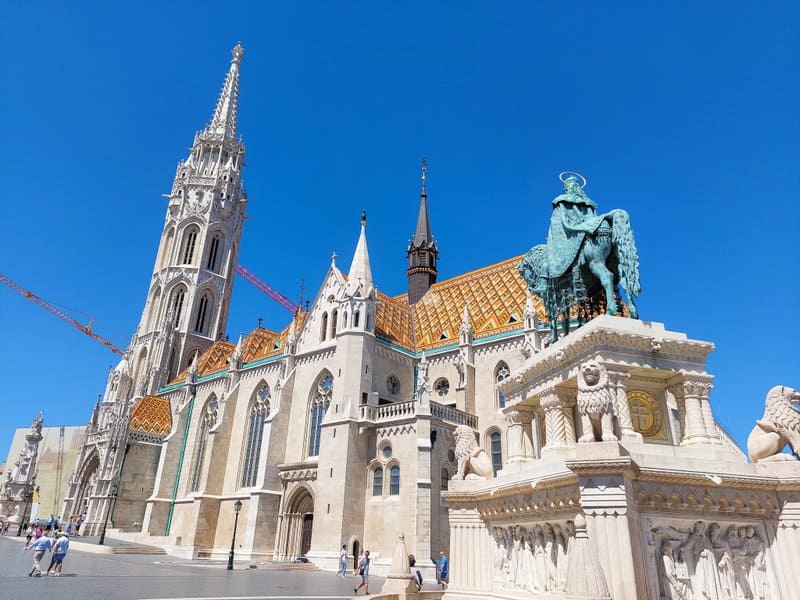
Sandor Palace
Part of Buda Hill is the Sándor-Palota, which has served as the official residence and workplace of the Hungarian President since 2003.
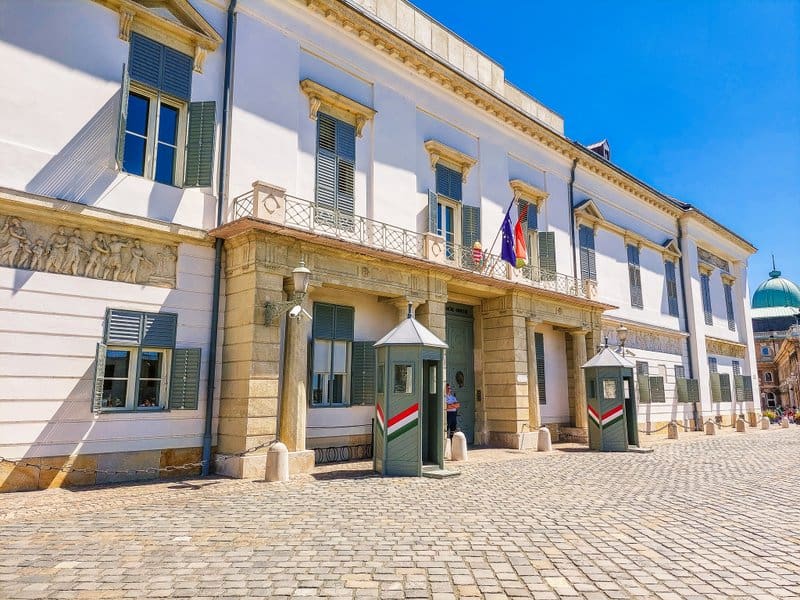
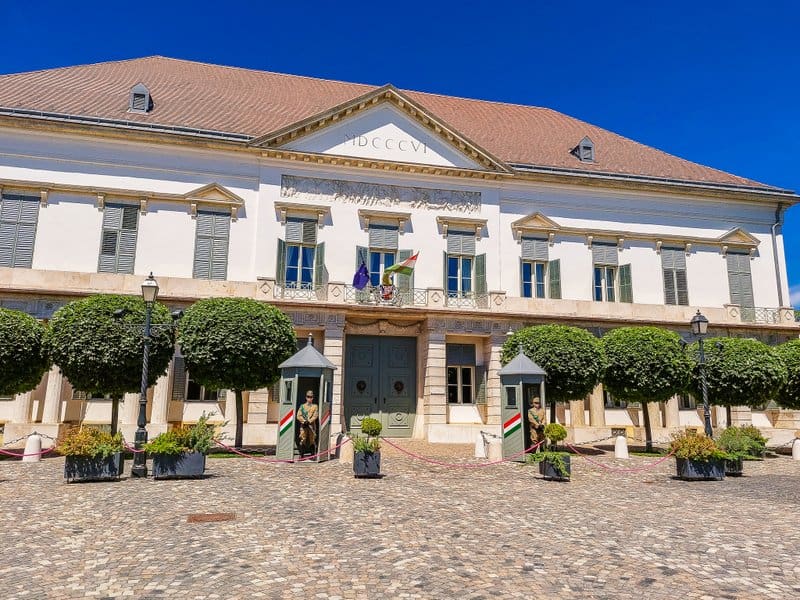
Buda Castle
The entire castle district on the Buda side of the river is now a UNESCO World Heritage Site. Buda Castle – the former Habsburg Palace – is a large building overlooking the Danube. During World War II, the castle was occupied by the Nazi regime. Buda Castle now houses the National Gallery, the Budapest History Museum, and the National Szechenyi Library.
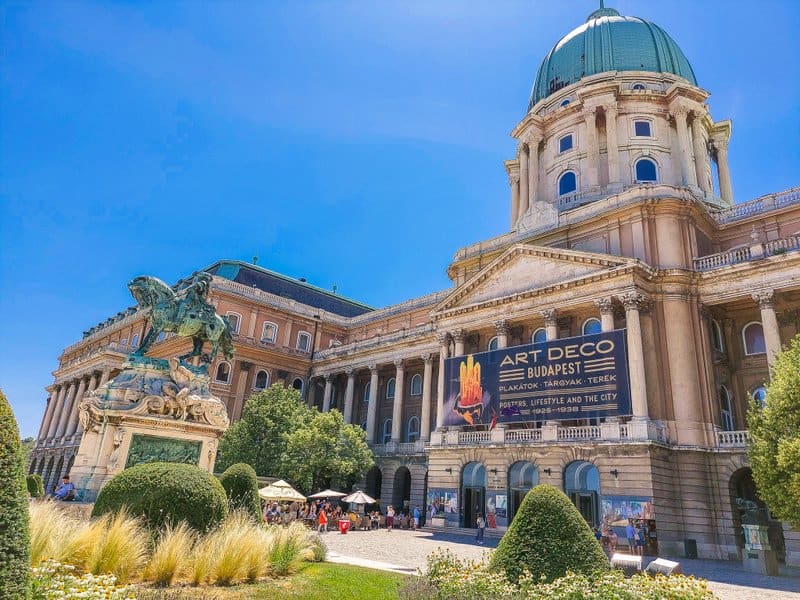
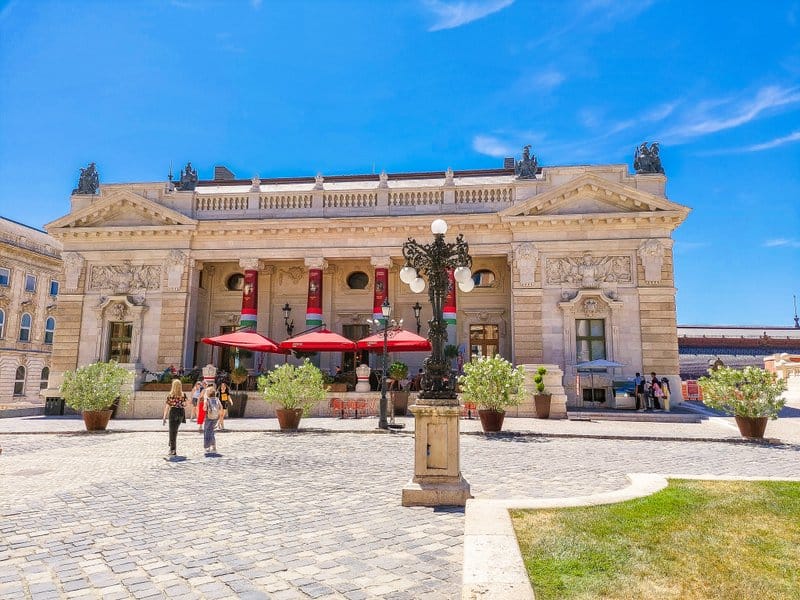
Budavári Sikló Funicular
From the lower part of the Chain Bridge, you can take the cable car to Castle Hill. The cable car was built in 1870 but was destroyed during World War II. Its operation was restored in 1986. The top station stop is right next to Sándor Palace. One ride for an adult costs HUF 3,000.
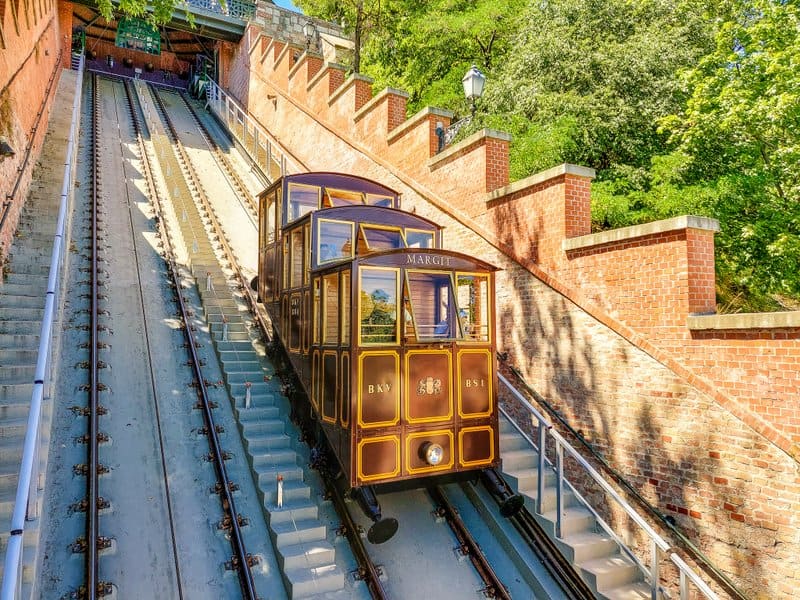
Margaret Island
Away from the bustling tourist center lies Margaret Island, which is literally an oasis of peace and relaxation. On this island, which is over two and a half kilometers long and about half a kilometer wide, you can visit a large park, a summer theatre and cinema, a swimming pool, a Japanese garden, and the Palatinus thermal baths. The biggest highlight for tourists, however, is probably the musical fountain that sprays water jets up to a height of ten meters. It plays popular melodies every hour for 15 minutes. After dark, the music is joined by a light show.
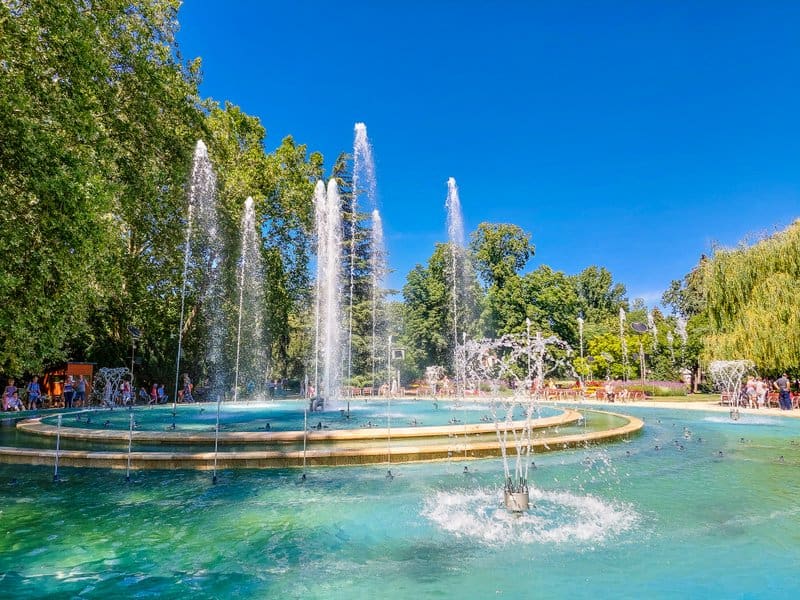
5 tips for brunch, coffee, and dinner spots in Budapest
I have to admit that food has never been an essential part of our family trips. But my friend Radka found us some really amazing places for brunch, coffee, and dinner. Of course, there are many more amazing places for brunch or dinner in Budapest, these were just our picks based on Tripadvisor reviews and fairly close to where we were staying. Many of these places are quite small and can be busy on weekends, so be sure to make a reservation if possible or come as early as possible.
Cirkusz
In the heart of the Jewish Quarter is the cozy and modern Cirkusz, a specialty espresso bar (they roast their own coffee). Cirkusz offers a fairly large indoor space where you can comfortably enjoy brunch along with a locally roasted espresso. On the breakfast menu, you’ll find a wide range of dishes from variously cooked eggs to granola with fruits, French toast to a classic English breakfast.
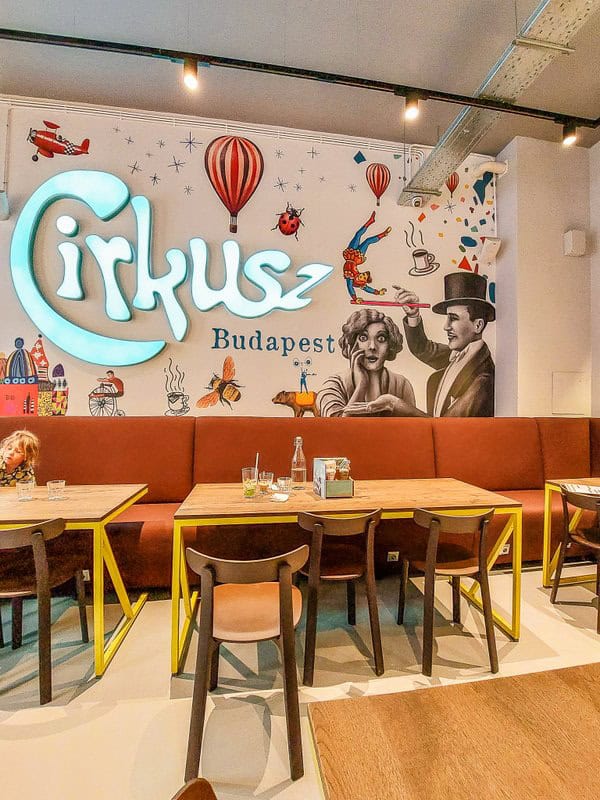
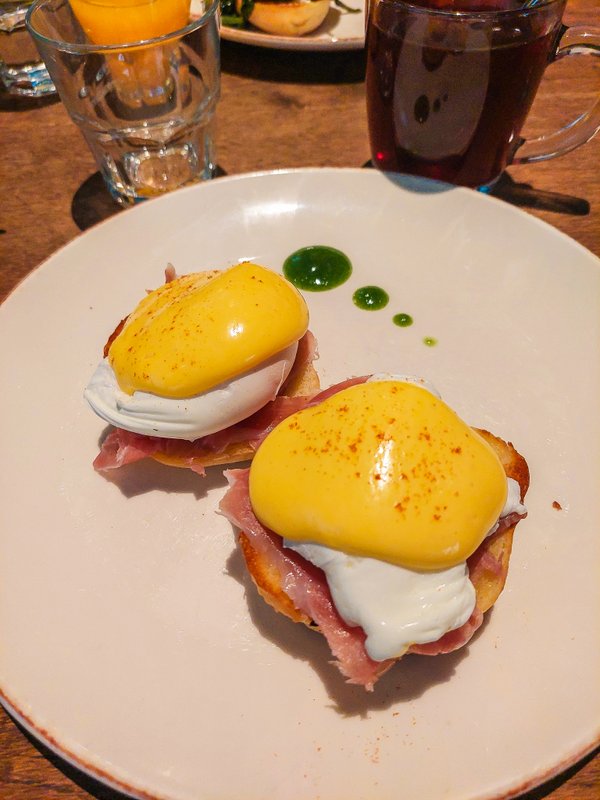

Lions locker
The menu includes a variety of delights such as Hungarian breakfasts, bagels, French toast, chia pudding, croissants, muesli, fruit, eggs, and more.
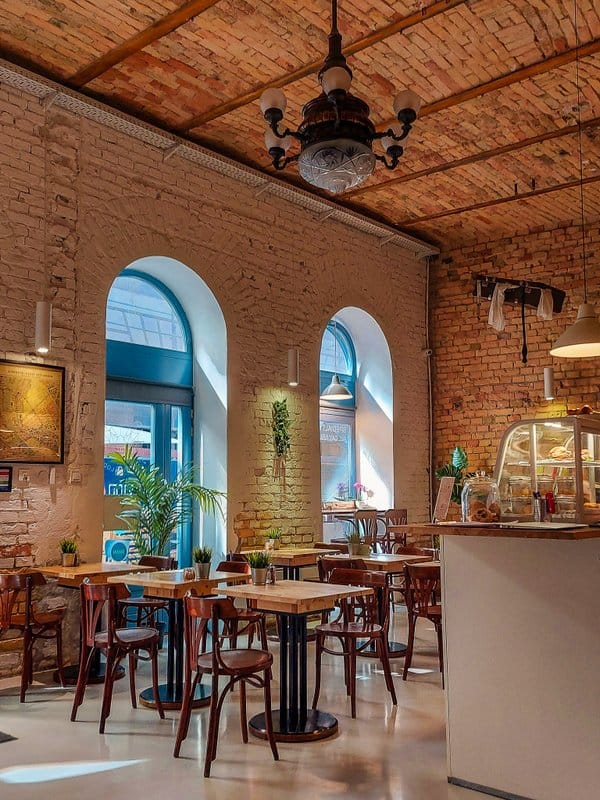
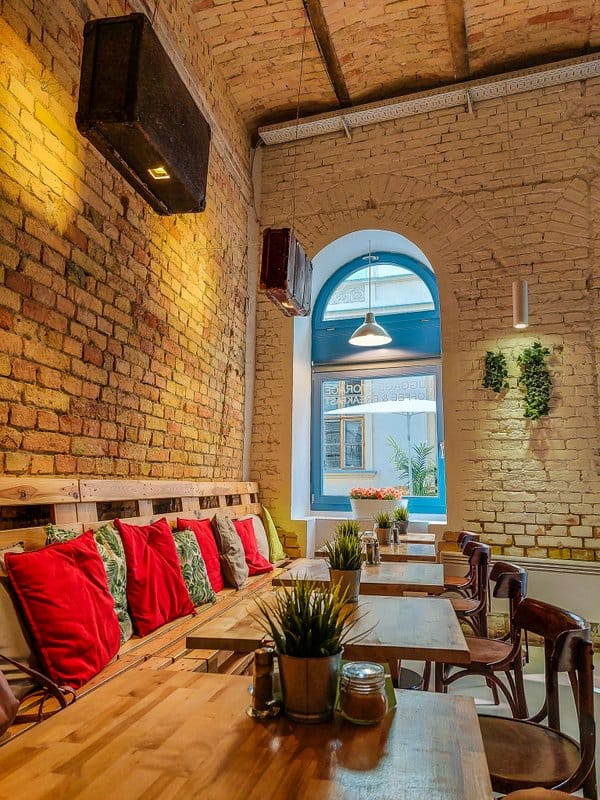
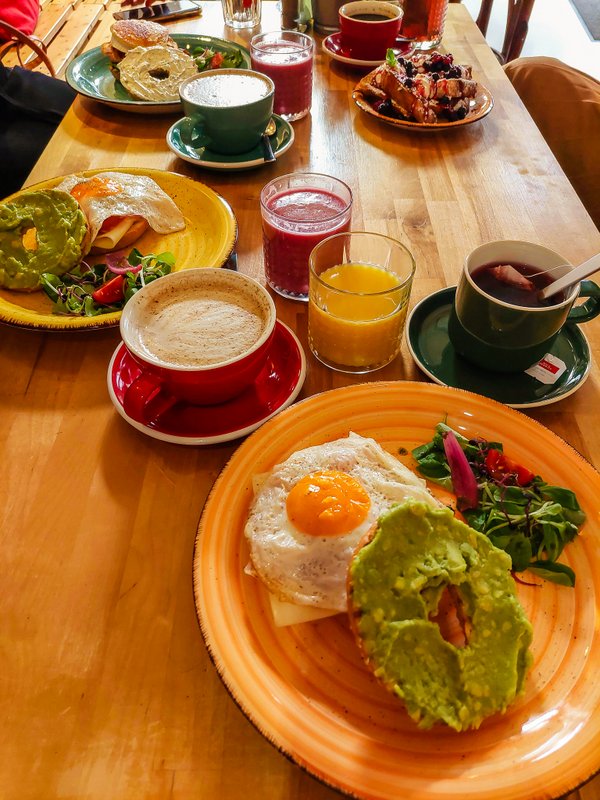
New York Café
It is one of the most historically important cafés in the city, having passed through many periods and political systems. The New York Café is part of the New York Palace Hotel, located in a beautiful eclectic Italian Renaissance-style palace on Erzsébet Boulevard. The New York Café claims the title of the most beautiful café in the world and it’s not exaggerating, the interior is simply breathtaking. With intricately decorated high ceilings and a finely decorated interior, New York Cafe provides its customers with an unforgettable experience. For 10 euros, you can enjoy a coffee decorated with 24-carat gold.
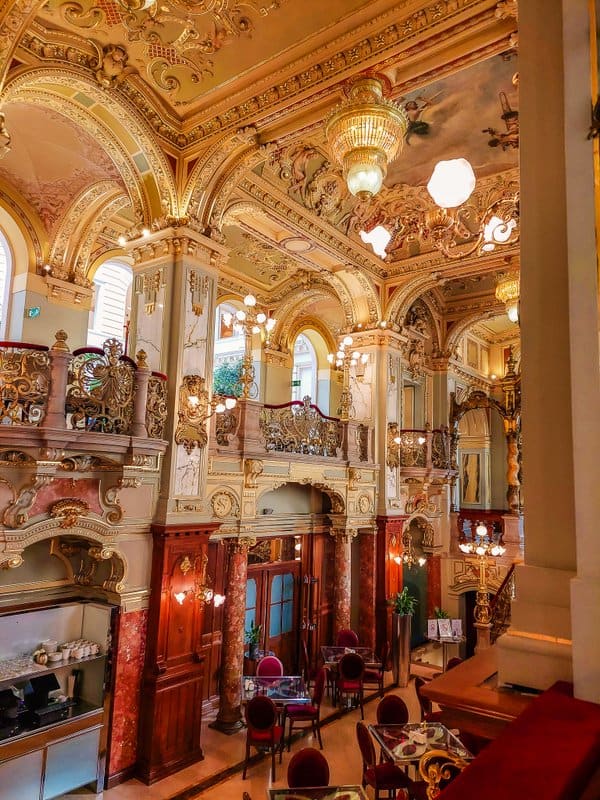
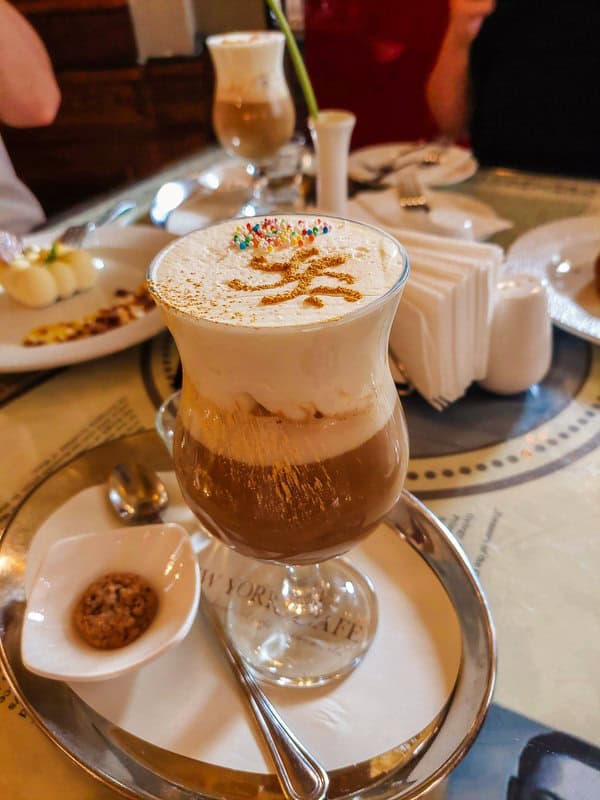
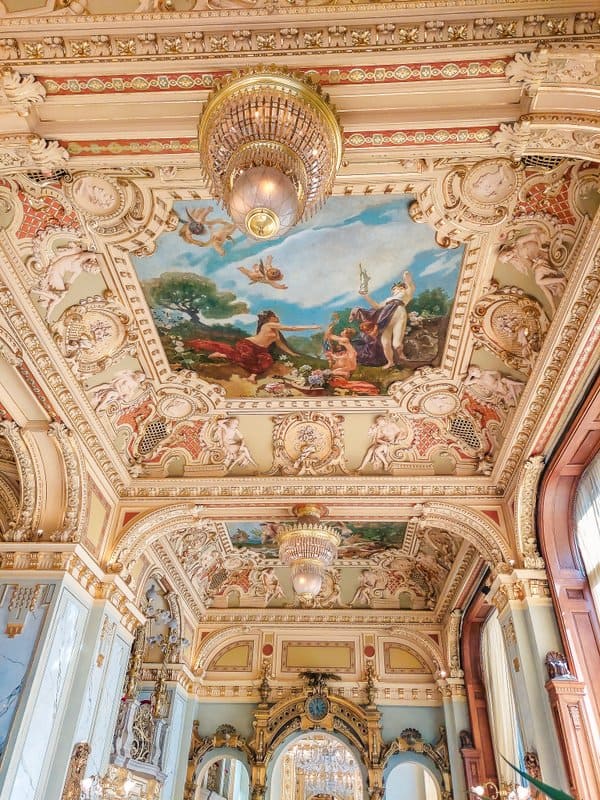
Eataliano
An Italian pizzeria can be found near the Parliament building, on Vécsey Street. It’s one of those rare places you come across unexpectedly and fall in love with immediately. This is not a place to take pictures, this is a place to eat 🙂
Sessions at Hard Rock Hotel
A place that will delight you with its interior design and interesting cocktail and menu offer. Only the staff could be a little more attentive to the guests.
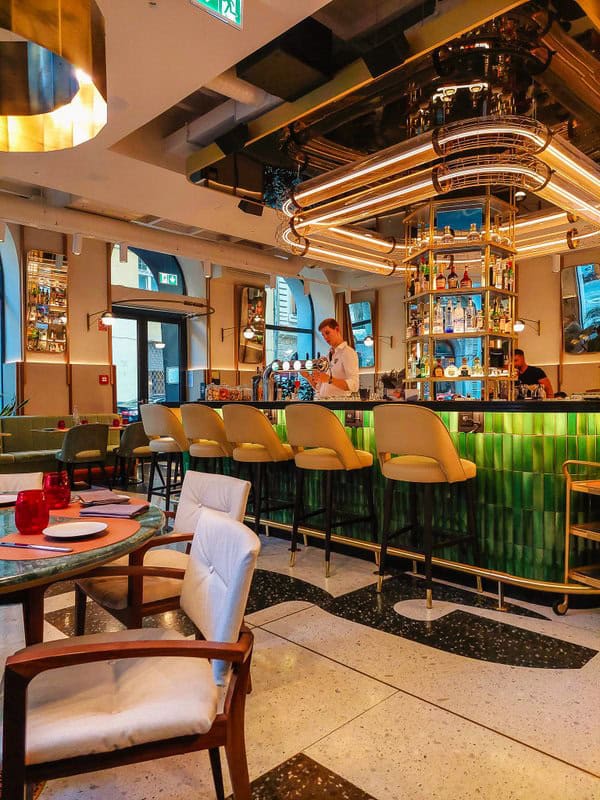
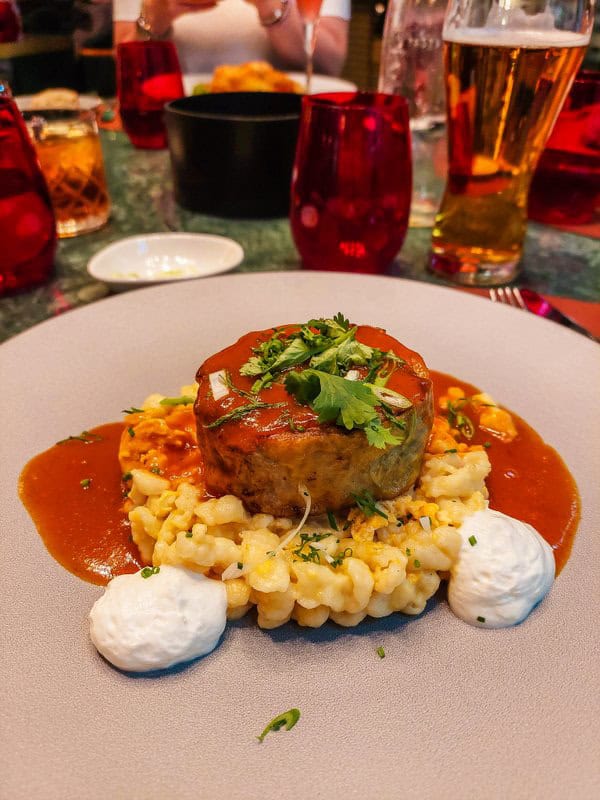
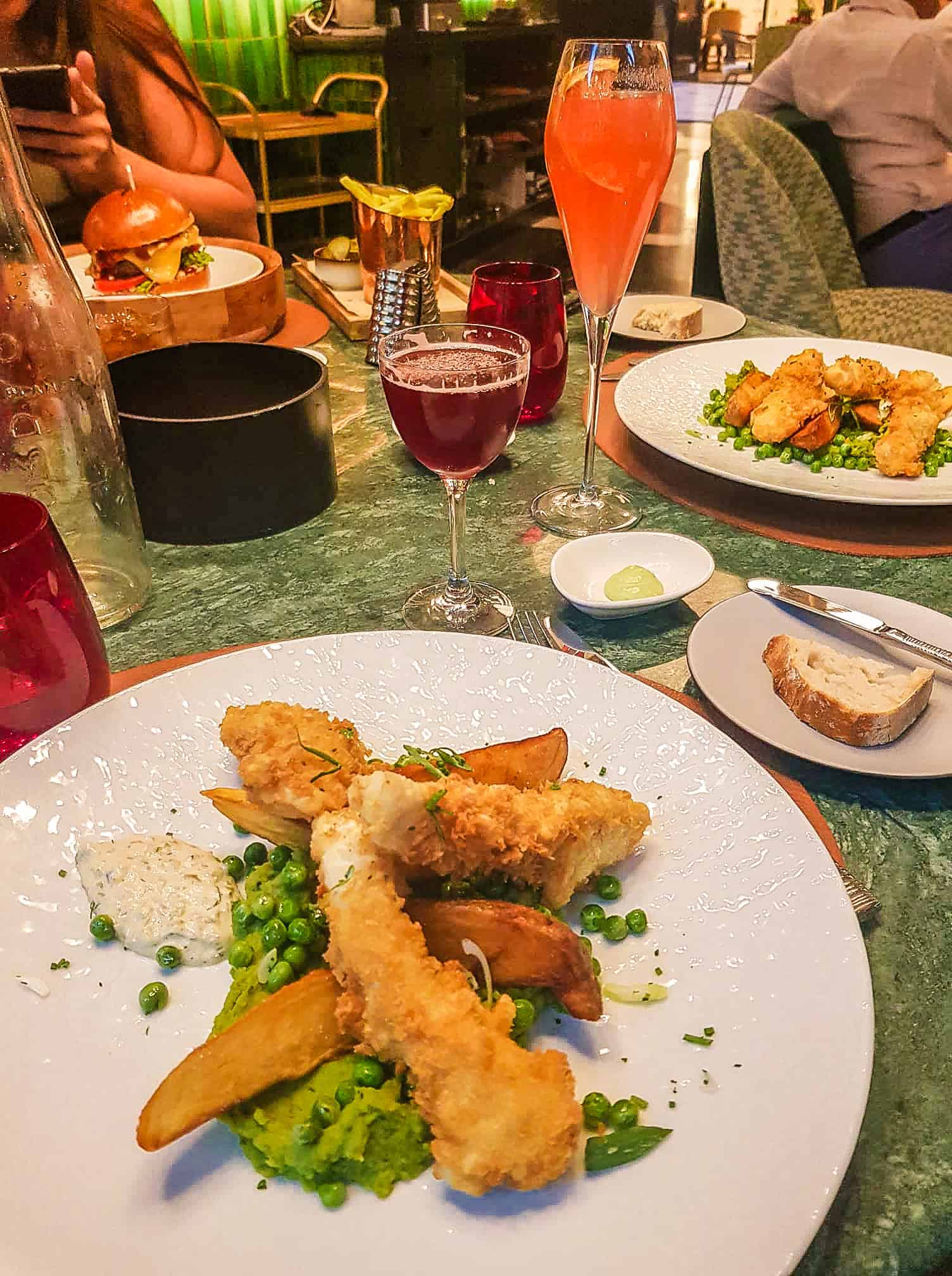
Tips for our next visit
Since two days are really not enough to explore such a beautiful place as Budapest, I have quite a long list of places I hope to visit on my next visit. Who’s coming with me? 😉
- Széchenyi Chain Bridge – There are nine bridges crossing the Danube in the Hungarian capital, connecting both sides, but the Széchenyi Chain Bridge was the first stone bridge to connect Buda with Pest. At the time of our visit, the bridge was unfortunately under repair.
- Széchenyi Thermal Baths -Budapest is a city of thermal baths and the most popular baths are Rudas, Gellert, and Széchenyi.
- The Grand Market Hall – the largest and oldest covered market in the city. It is full of small stalls selling fruit, vegetables, meat, handicrafts, and souvenirs.
- Citadel – This fortress, built after the suppression of the Hungarian Revolution in 1848, is the symbol of the city. Secret passages are said to connect the fortress with the Gellert Baths.
- Heroes’ Square – Heroes’ Square is located at the end of Andrassy Avenue and at the entrance to the City Park. In the middle of the square, you will see a large column erected to celebrate the thousand-year history of the Hungarians.
- City Park – The City Park is also home to the Budapest Zoo and the aforementioned Széchényi Baths.
- Hospital in the Rock/Bunker – This museum (Sziklakórház Atombunker Múzeum) is part of a six-kilometer stretch of interconnected caves and cellars beneath Buda Castle Hill. During World War II, the caves and tunnels were connected, fortified, and used as an air-raid shelter, and an emergency surgical hospital was also built in the caves.
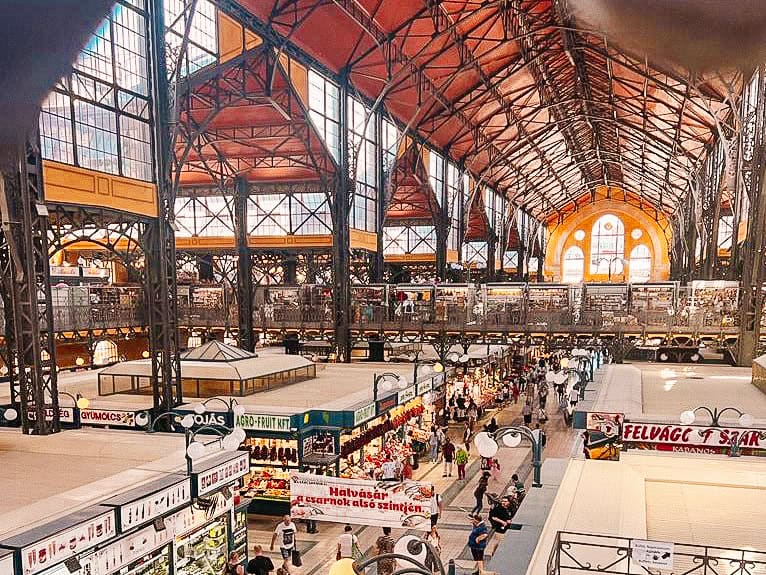
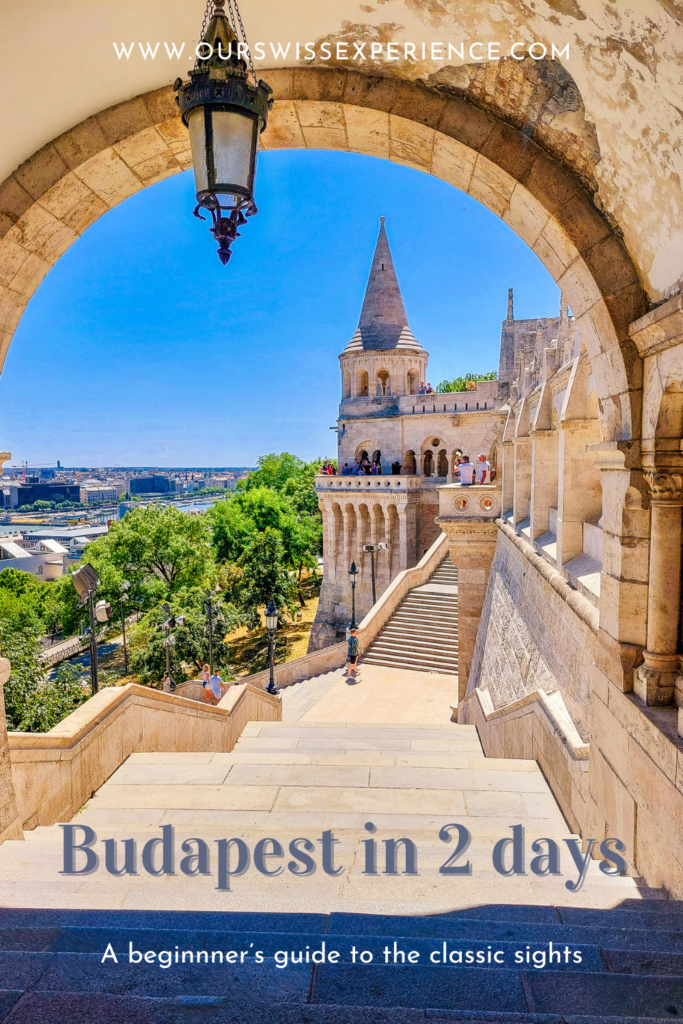
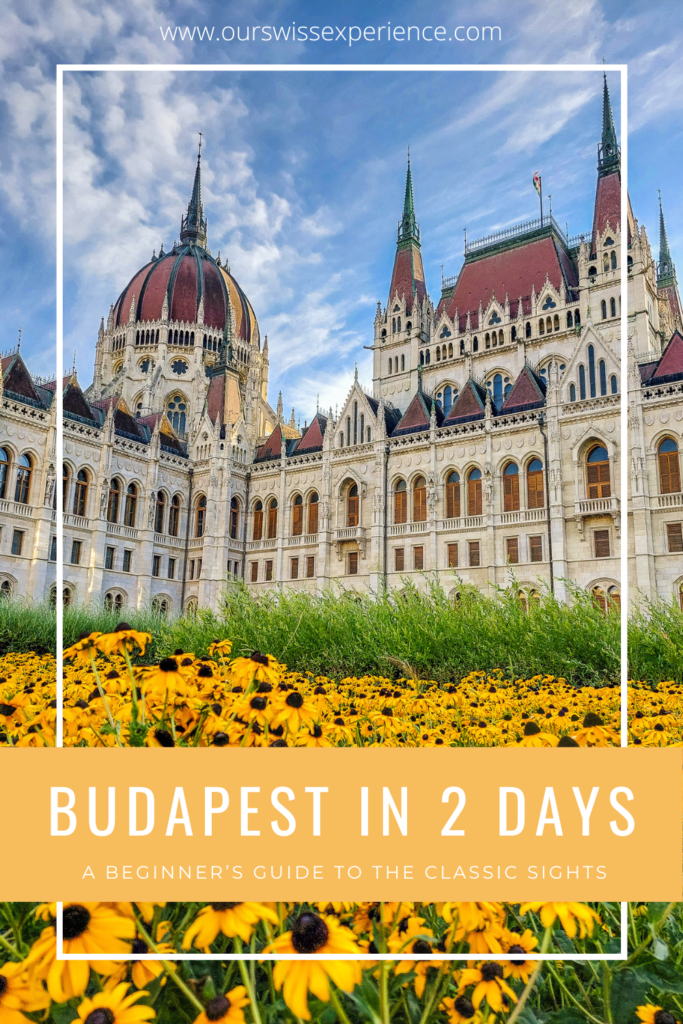
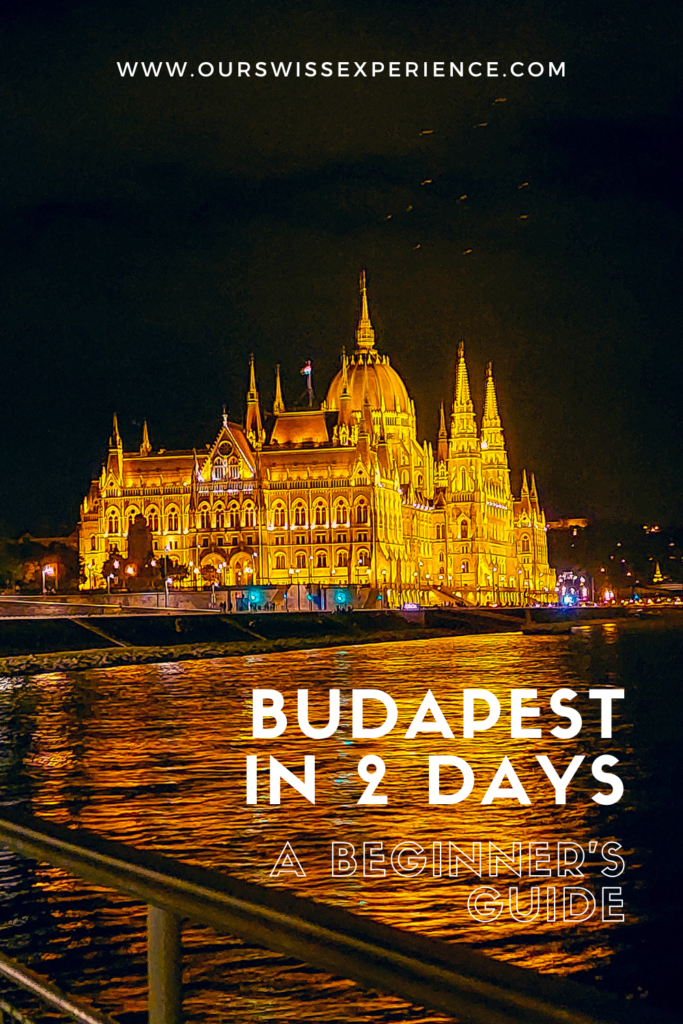




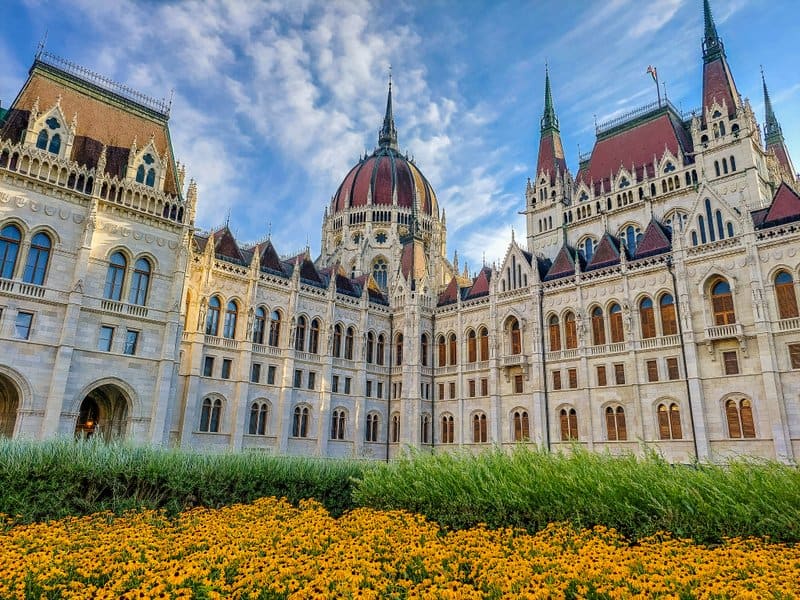
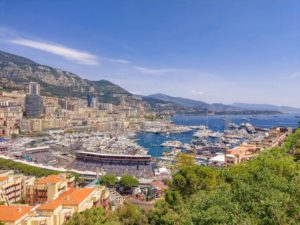
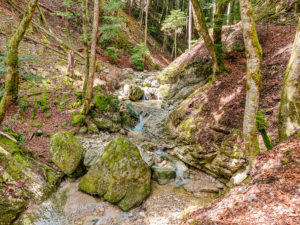


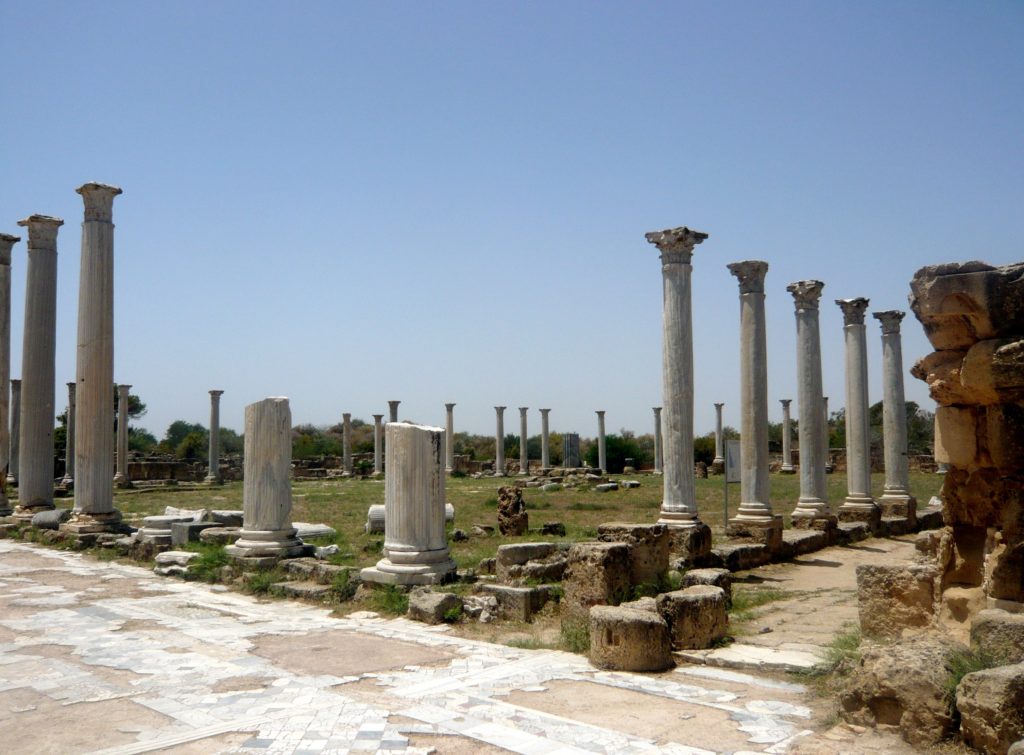
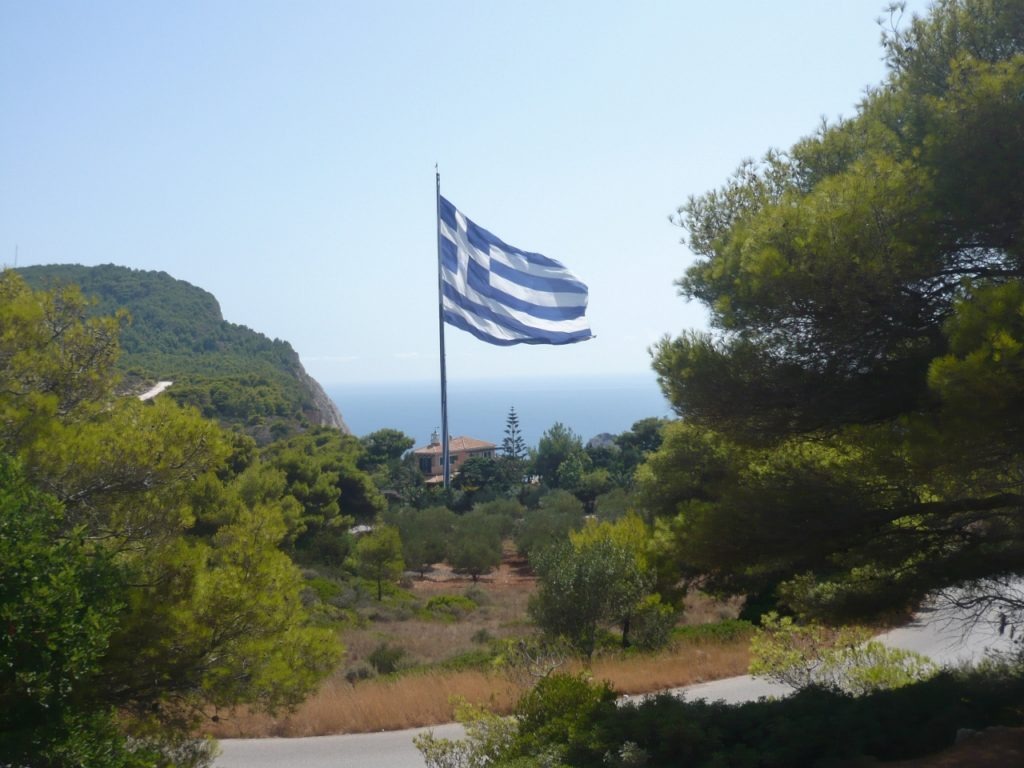





2 Comments. Leave new
Hello Hanka
The post about your trip to Budapest is very interesting. Could you share where did you stay?
Thanks
Hi Josefina,
thanks for stopping by my blog and for liking my guide to Budapest.
We stayed at a&o hostels in the VII district.
I hope you enjoy your stay and that you like Budapest as much as I did.
Cheers,
Hanka